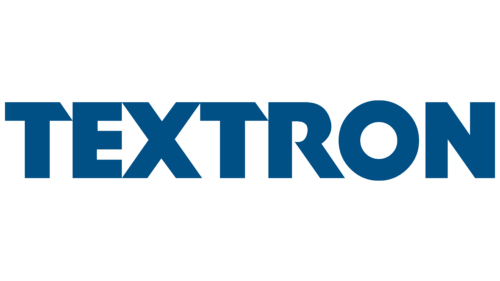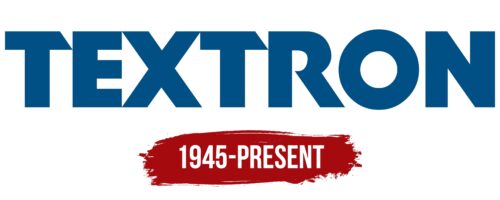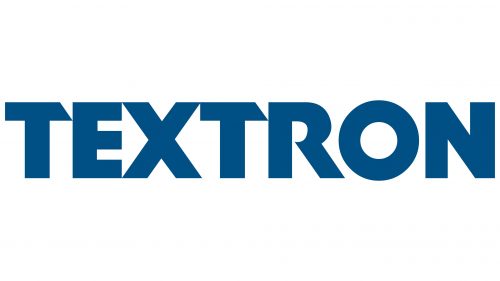Textron: Brand overview
Textron’s story, unfolding from 1923, is a fascinating transformation and diversification journey marked by strategic acquisitions and industry shifts.
In 1923, the company began as Special Yarns Corporation in Boston, Massachusetts, focusing on synthetic threads for the textile sector.
The name changed to Textron Incorporated in 1941, signaling the start of a broader vision.
World War II saw the brand grow through military contracts, which laid the foundation for future expansion. Post-war, under Royal Little’s leadership, the company embraced diversification, acquiring businesses across various sectors.
1952 marked a significant milestone with the acquisition of Homelite, a chainsaw and garden equipment manufacturer, marking the company’s first steps beyond textiles.
1960 was pivotal when the company acquired Bell Aircraft Corporation, entering the aviation industry.
Throughout the 1960s and 1970s, the brand continued its acquisition spree, adding companies from the automotive, aerospace, and defense sectors to its portfolio.
In 1984, Avco Corporation was acquired for $1.4 billion, bolstering the company’s position in aerospace and defense.
By 1985, the aviation firm had exited the textile business, completing its evolution into a multi-industry conglomerate.
Acquiring Cessna Aircraft Company, a leader in light aircraft, solidified the company’s standing in aviation in 1992.
The early 2000s saw the brand refining its focus, divesting non-core assets to concentrate on its key business areas.
The 2007 purchase of United Industrial Corporation enhanced the company’s defense capabilities, especially in unmanned aerial vehicles.
In 2014, the company strategically acquired Beech Holdings, LLC, the parent of Beechcraft Corporation, unifying Cessna and Beechcraft under Textron Aviation.
2017 marked the company’s expansion into specialized vehicles with the acquisition of Arctic Cat, a manufacturer of snowmobiles and all-terrain vehicles.
As the 2020s unfold, the brand remains a dynamic, multi-industry corporation focused on aviation, defense, industrial equipment, and specialized vehicles, continuously evolving and adapting to market demands.
Meaning and History
What is Textron?
This American industrial conglomerate is known for its diversified activities in the aviation and defense sectors. The company is renowned for owning well-known brands such as Bell Helicopter, Cessna, and Beechcraft, making it one of the world’s largest manufacturers of helicopters and light aircraft. The organization plays a key role in developing innovative aircraft, including the Bell Boeing V-22 Osprey tiltrotor and unmanned systems. The company is notable for its Specialized Vehicles division, which produces golf carts, snowmobiles, and off-road vehicles.
1945 – today
The industrial conglomerate Textron’s logo features the company name in large blue letters with very narrow spaces between them. The designers trimmed parts of the glyphs to prevent the sign from appearing visually heavy. For instance, the horizontal lines on the right side of the two letters “T” are shortened, increasing the inscription’s legibility.
The blue letters evoke a sense of professionalism and reliability. The narrow spacing and trimmed glyphs give the lettering a modern and streamlined appearance, aligning with the company’s focus on technology and new developments. This design enhances readability, ensuring the brand name is recognizable and memorable.
The Textron logo creates a strong visual impact with its large blue letters. Blue conveys professionalism and reliability, essential qualities for an industrial conglomerate. The narrow spacing between the letters and the deliberate trimming of the glyphs introduce a modern aesthetic. This design results in a clean, streamlined look, reflecting the company’s commitment to advanced technology and progress.
The designers’ approach to trimming parts of the glyphs, such as the horizontal lines on the letters “T,” prevents the logo from appearing heavy. This thoughtful detail enhances the overall readability of the name. The lettering’s modern and efficient appearance aligns with Textron’s focus on delivering cutting-edge technology and reliable solutions.





